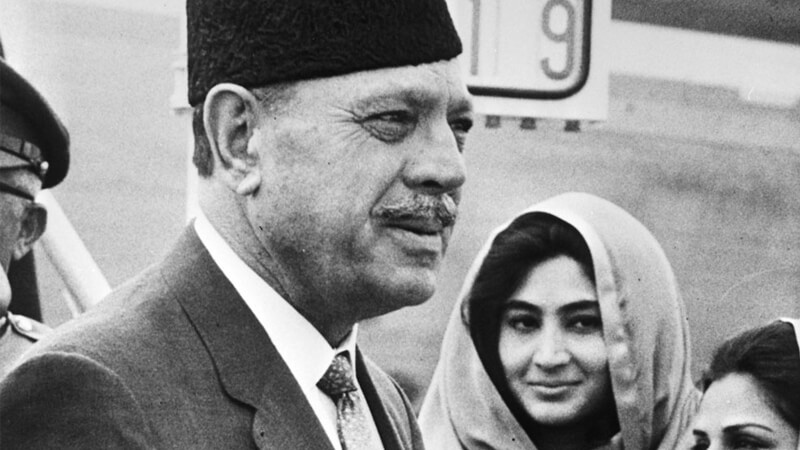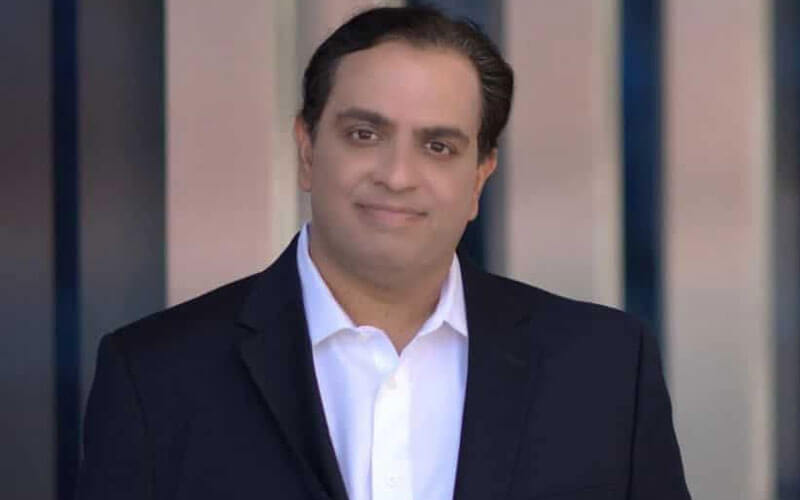Biography of Muhammad Ayub Khan:- Muhammad Ayub Khan, who was born in 1907 in Rihana, and died 1974 in Islamabad, was great political figure and hero of 1965 war against India,.
President of the Republic of Pakistan from 1958 to 1969, was one of the main architects of the modern development of the Pakistani nation.
Biography of Muhammad Ayub Khan
- Born:- 14 May 1907, Rehana
- Died:- 19 April 1974, Islamabad
- Awards:- Royal Victorian Chain, Hilal-i-Jur’at
- Children:- Gohar Ayub Khan, Begum Nasim Aurangzeb, Akhtar Ayub Khan
- Sibblings:- Bahadur Khan
He was the son of a cornet of the British colonial army, who strove to provide his son with the most complete training possible.
See Also: Biography of Pervez Musharraf
After completing his studies at the Muslim University of Aligarh in Uttar Pradesh, India, Ayub Khan began his military studies at the British Royal Military School in Sandhurst and in 1928 entered as an officer in the British colonial army.
His first fate of his brilliant military career was that of lieutenant of a British regiment of Royal Fusiliers. Later, Ayub Khan was transferred to the XIV Regiment of Punjab, where it reached the rank of captain.
During World War II he was in charge of a battalion in Burma. At the end of the war he was appointed first commander of a division established in eastern Pakistan.
He obtained the rank of general in 1947 and a few months later, when Pakistan’s independence from British India was proclaimed, the commander-in-chief of the army in East Pakistan, now Bangladesh.
In 1951 he was appointed commander-in-chief of the entire army of Pakistan. This rapid rise, when only 44 years old, was due to his experience in the old colonial army and to the small number of Pakistani officers with the necessary preparation.
He was named minister of Defense in 1954, position that made compatible with the position of commander-in-chief of the Army.
He supported the coup d’état led by President Iskandar Mirza; with this Ayub Khan abandoned his traditional idea that the army should not intervene in the politics of the country.
The coup came after several years of political unrest, which had led the country to a deep economic and social crisis.
When the president abolished the 1956 Constitution and declared martial law, Ayub Khan was appointed chief administrator of martial law, and soon afterwards proclaimed himself President of the Republic, when assuming the position the 27 of October of 1958, forced Mirza to exile itself.
His first policy measures were aimed at ending the corruption that engulfed the Pakistani administration. After prohibiting the activity of the political parties, it carried out a deep reorganization of the administration.
At the same time, it launched a series of moderate social reforms. He tried to restore the economy through agrarian reforms and to stimulate industry and favor foreign investment.
In order to achieve a nexus of union between the government and the people, Ayub Khan introduced in 1960 a system of directed democracy, which consisted in the creation of a network of local councils of self-government charged with governing local affairs.
Its members were elected by polling stations made up of 800 or 1,000 adult men. In practice it was an internal iron policy, although it authorized the functioning of political parties.
The enmity manifested with India provoked the approach of Pakistan to the countries with communist regimes, especially China, although Ayub maintained to his country in the heart of SEATO and the CENTO.
In the year 1960 he was confirmed in the presidency by means of a referendum in which he was the unique candidate and where all the local councils participated. Under his auspices a new constitution was drawn up in 1962, which gave the executive enormous powers.
When that same year the United States began to rearm to India after the dispute of this country with China by the common borders, Ayub further tightened its relations with China, country that provided Pakistan with a lot of military aid.
He was again re-elected by a new referendum in 1965, although this time he was strongly opposed, led by Fatima Jinnah, sister of Muhammad Ali Jinnah, the creator of the state of Pakistan.
This last year had to face an open war with India because of the territorial disputes over the Kashmir border region. The Indian and Pakistani governments had for years been disputing ownership of that region and that of Jammu. After two weeks of fighting, both sides accepted UN mediation to reach a ceasefire agreement.
The signing of a peace agreement in Tashkent in January 1966 with Indian President Lal Bahadur Shastri momentarily ended the Kashmir war and allowed the establishment of provisional borders.
In spite of having reached a peace agreement, Ayub was one of the main responsible for the beginning of an arms race with India.
Due to his inability to conquer Kashmir, Ayub Khan received numerous criticisms from the opposition and had to face street demonstrations and riots by students, who called for an end to restrictions on suffrage; Later the peasants were joined to the protests, annoyed by the economic situation.
The increase in support for the opposition forced him to release in 1968 the future Prime Minister, Zulfikar Ali Bhutto, imprisoned for his demonstrations in favor of the reforms. Social unrest led him to announce at the end of 1968 that he would not run for re-election.
After starting talks on 21 February 1969 with the opposition, Ayub had to implement a series of basic fundamental reforms, among which were the establishment of a parliamentary government and universal suffrage.
Despite the reforms undertaken, growing opposition to his regime forced him to resign as President of the Republic in March 1969, before ending his term.
After being replaced on 26 March 1969 by General Yahya Khan, commander in chief of the army, Ayub Khan retired from active political life.




